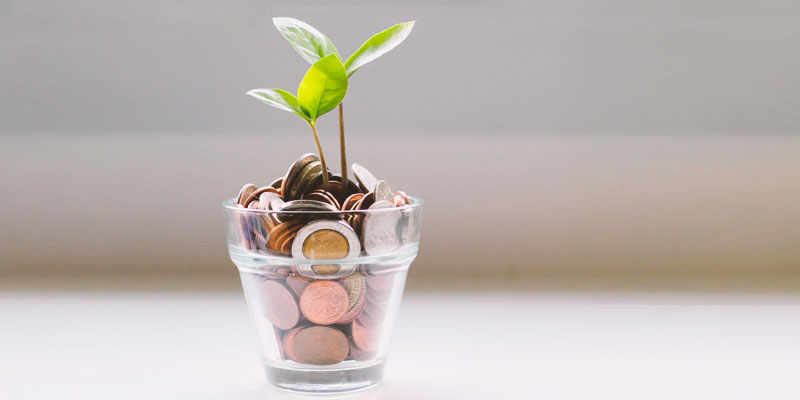If you’re thinking of buying your very first home, one of your biggest concerns is likely centred around how much money you need to have set aside for your down payment. And this can, no doubt, seem extra nerve-wracking when you haven’t yet done the math.
The minimum down payment when buying a home anywhere in the country is 5% of the purchase price for a property valued at $500,000 or less and 10% for the portion of the purchase price above $500,000.
So if, for example, you’re buying a home for $750,000, your minimum down payment is $25,000 for the first $500,000 (5%) and $25,000 for the remaining $250,000 (10%) = $50,000 minimum down payment.
Thankfully, there are a number of down payment options available today to help get you into a home sooner, including using your savings, investments, RRSPs or gifts from immediate family members (that you don’t have to pay back).
There is also a solid list of first-time homebuyer incentives and rebates available to help free up more money to put towards your down payment – everything from the Home Buyers’ Plan, which let’s you tap into your RRSPs, to the Ontario Home Ownership Savings Plan, which offers lower income families a tax credit for money contributed to the plan. You mortgage agent will be able to go through all the available perks to help get you into your first home quicker.
Larger down payment equals less interest
Of course, if you’re able to make a larger down payment than required – thanks to the available incentives and rebates – your mortgage payments will be lower and you’ll take less time to pay off your mortgage. The smaller your mortgage and the lower amount of interest you’ll pay over your time as a mortgage holder, the quicker you can build home equity.
Have questions about saving your down payment or buying your first home? Answers are a call or email away!
